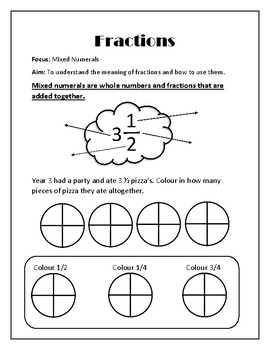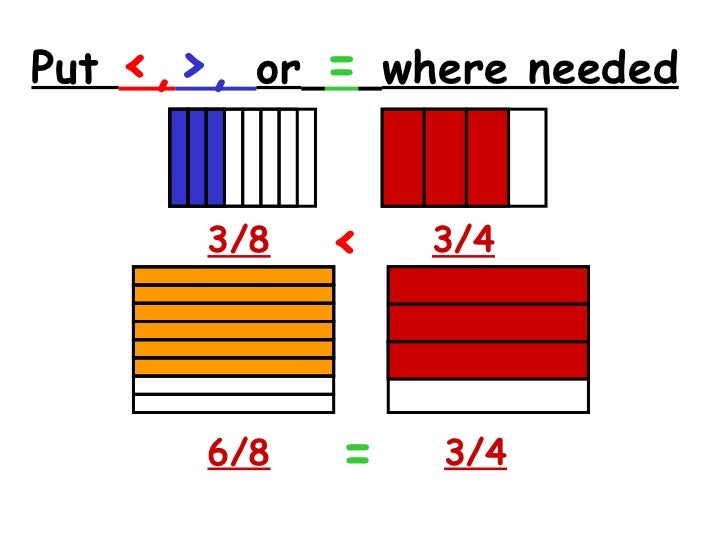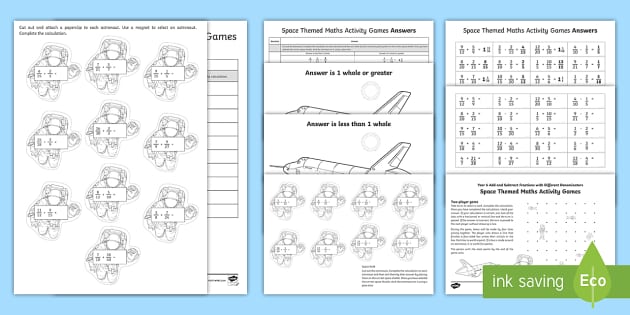Fractions 2
Use this fraction calculator for adding, subtracting, multiplying and dividing fractions. Answers are fractions in lowest terms or mixed numbers in reduced form. Input proper or improper fractions, select the math sign and click Calculate. This is a fraction calculator with steps shown in the solution. If the 2 numbers of the fraction end in 0 and/or 5, you can divide by 5 5. 14 9 70 5 45 5 70 45 Hint 4 If both numbers end in zeros, you can cancel the zeros in pairs, one from the top and one from the bottom. This is the same as dividing them by 10 10 for each cancelled pair. 25 2 50 2 4 2 50 4 Hint 5 If you have tried to. To add fractions there are Three Simple Steps: Step 1: Make sure the bottom numbers (the denominators) are the same, Step 2: Add the numerators, put that answer over the denominator, Step 3: Simplify the fraction (if needed).
Consider rearranging students into new groups of 4 so they can share their questions and solutions in small groups.
If possible, select one person who came up with a “(frac 14) of what number is (frac 13)?” type of question, and another who wrote a “how many (frac14)s in (frac13?)” type of question to share their questions and explain their solution paths to the class.

Cached
If needed, use these examples to illustrate two different interpretations of the division statement.

- First interpretation: If (frac13) liter fills (frac14) of a bottle, how many liters fill 1 bottle?
- Second interpretation: If 1 bottle contains (frac14) liter of water, how many bottles can be filled with (frac 13) liter of water?
2nd Grade Fractions Worksheets | K5 Learning

In this case, students will likely find the first interpretation of division easier to represent and to solve using a diagram.
Fractions - Practice With Math Games
The diagram on the left shows the content of (frac14) of a bottle, which is (frac 13) liter, being multiplied by 4 to get the content of 1 bottle, which is (frac 43) liters. The diagram on the right shows that 1 bottle contains (frac14) liter, or 3 parts of (frac {1}{12}) liter. In (frac13) liter there are 4 parts of (frac {1}{12}), so (frac13) liter fills (1frac13) bottles.
